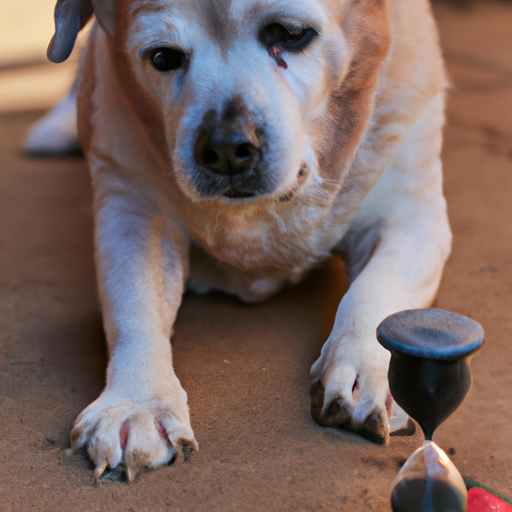Understanding Perianal Adenocarcinoma
Firstly, it’s important for you to understand what you’re dealing with. Perianal adenocarcinoma is a type of cancer that affects the area surrounding a dog’s anus. This condition is relatively common in dogs, especially in those that are not neutered. The disease is often characterized by the presence of tumors around the anus, which can cause discomfort and difficulty in defecating.
The Reality of No Treatment
If you’re considering not treating your dog’s perianal adenocarcinoma, you should be aware of the potential consequences. Without treatment, dogs with this type of cancer often experience a significant decrease in their quality of life. They may suffer from severe pain, have difficulty defecating, and be at risk of infection due to the presence of tumors. The median survival time for dogs with untreated perianal adenocarcinoma is approximately 18 months, but this can vary widely depending on the individual dog’s overall health and the stage of the disease at the time of diagnosis.
Treatment Options and Their Impact
There are several treatment options available that can significantly extend the life expectancy of a dog with perianal adenocarcinoma. These include:
- Surgery: This is often the first line of treatment and involves removing the tumor and any affected tissue.
- Radiation therapy: This can be used in conjunction with surgery or as a standalone treatment if surgery is not feasible.
- Chemotherapy: Though not as commonly used as surgery or radiation therapy, chemotherapy can also be an option for treating perianal adenocarcinoma in dogs.
Here’s a table showcasing the potential impact of these treatments:
| Treatment Method | Potential Increase in Life Expectancy |
|---|---|
| Surgery | 2-3 years |
| Radiation Therapy | 1-2 years |
| Chemotherapy | 1 year |
Emotional Considerations for Caregivers
As a caregiver, the decision to treat or not to treat can be emotionally taxing. You may feel overwhelmed, anxious, or guilty. These feelings are perfectly normal. It’s essential to remember that your ultimate goal is to ensure your pet’s comfort and well-being. Discuss your feelings and concerns with your veterinarian or a pet loss support group. They can provide you with the support and guidance you need during this challenging time.
FAQ
Finally, here are some frequently asked questions that you might have:
1. How can I keep my dog comfortable if I choose not to treat?
You can manage your dog’s symptoms with pain medication and diet modifications. Consult with your vet for personalized advice.
2. Are some breeds more prone to perianal adenocarcinoma than others?
Yes, older male dogs and certain breeds like the Bulldog and Spaniel are more prone to this condition.
3. Can perianal adenocarcinoma be prevented?
Neutering your dog can significantly reduce their risk of developing this disease.
Remember, while this is a difficult time, you’re not alone. Reach out for support, and make the best decision for your beloved pet based on both your vet’s advice and your personal circumstances.



